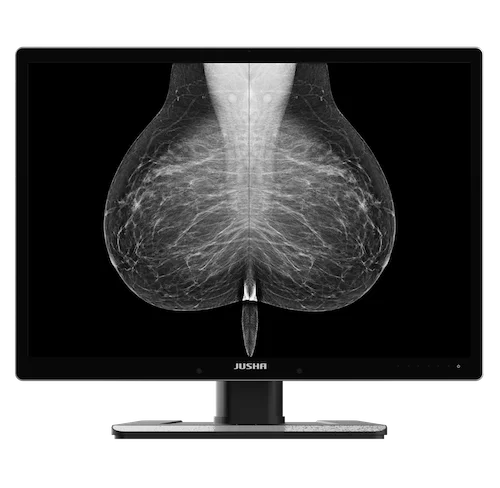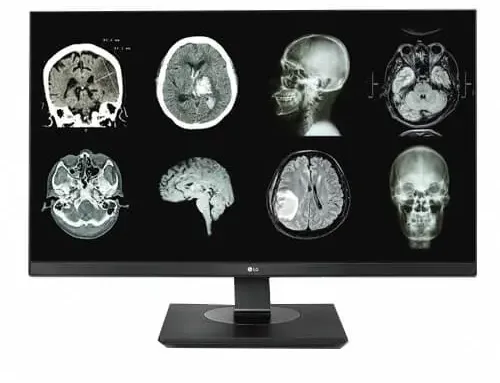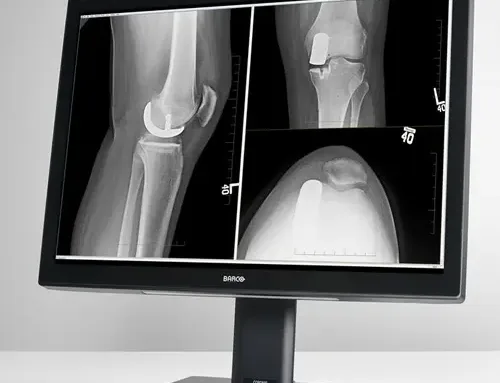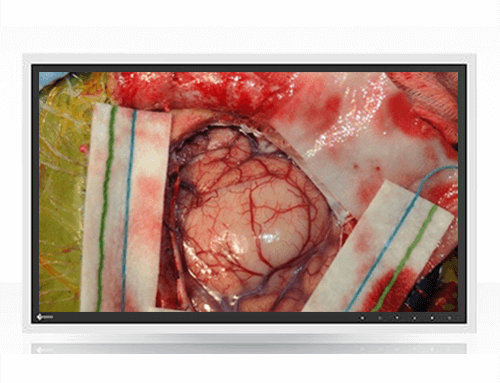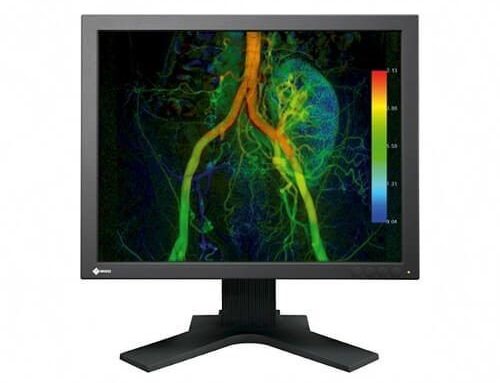Medical display monitors are crucial in modern healthcare. These specialized screens provide clarity and precision essential for accurate diagnosis and patient care. At Hiliex, we understand the impact of using the right equipment. Let’s explore the benefits of medical display monitors, focusing on the advantages of a radiology display monitor.
Why Choose a Medical Display Monitor?
Medical display monitors are designed specifically for medical environments, offering features that general monitors simply can’t match. Here’s why they are essential:
-
Superior Image Quality
One of the most significant advantages of medical display monitors is their exceptional image quality.
- High Resolution: Medical displays, including radiology display monitors, provide a high resolution that ensures every detail is visible. This is crucial for interpreting diagnostic images accurately.
- Enhanced Contrast and Brightness: These monitors offer better contrast and brightness levels than regular screens, which helps distinguish fine details in medical images.
-
Accurate Color Reproduction
Color accuracy is vital in medical imaging for accurate diagnosis.
- True-to-Life Colors: Medical display monitors are engineered to reproduce colors accurately, essential for diagnosing conditions that rely on color differentiation, such as certain types of cancer or vascular issues.
- Consistent Calibration: Regular calibration ensures that color accuracy is maintained over time, providing reliable image interpretation.
-
Compliance with Medical Standards
Medical display monitors are built to meet stringent industry standards.
- Regulatory Compliance: These monitors adhere to specific medical regulations and standards, ensuring they meet the necessary criteria for clinical use.
- Quality Assurance: Compliance with these standards guarantees that the monitor provides consistent and reliable performance.
Benefits of Radiology Display Monitors
A radiology display monitor is a specialized medical display monitor designed for use in radiology departments. Here’s why they are particularly advantageous:
-
Detailed Imaging for Accurate Diagnostics
Radiology display monitors are essential for detailed imaging in diagnostic radiology.
- Precise Detail: High-resolution screens enable radiologists to view intricate details in X-rays, CT scans, MRIs, and other imaging modalities. This precision is critical for accurate diagnosis and treatment planning.
- Multimodal Imaging: These monitors can handle various imaging formats and modalities, making them versatile tools for radiologists.
-
Improved Workflow Efficiency
Radiology display monitors contribute to more efficient workflows in medical settings.
- Streamlined Diagnosis: With superior image clarity and accuracy, radiologists can diagnose conditions more quickly and accurately, reducing the time required for image analysis.
- Enhanced Collaboration: Radiology display monitors often support multi-screen setups, allowing for better collaboration among medical professionals by providing simultaneous views of images or data.
-
Reducing Errors and Enhancing Patient Safety
High-quality imaging reduces the likelihood of diagnostic errors.
- Error Reduction: With clear and accurate images, the risk of misinterpretation is minimized. This improves patient outcomes and reduces the chances of follow-up procedures or missed diagnoses.
- Patient Safety: Accurate imaging is crucial for patient safety, ensuring correct diagnoses and appropriate treatments are administered.
Additional Features of Medical Display Monitors
Medical display monitors often come with several features designed to enhance their functionality:
- Ergonomic Design: Many medical monitors are designed with ergonomics in mind, allowing for adjustable stands and flexible viewing angles to reduce eye strain and improve comfort during long periods of use.
- Anti-Glare Technology: Medical display monitors often include anti-glare technology to minimize reflections and distractions, ensuring clear visibility of images even in brightly lit environments.
- Durability and Reliability: Built to withstand the demanding conditions of medical environments, these monitors are durable and reliable, providing long-term performance and reducing the need for frequent replacements.
Choosing the Right Medical Display Monitor
When selecting a medical display monitor, consider the following factors:
- Resolution: Higher resolution provides better image clarity. Ensure the monitor meets the resolution requirements for your specific medical imaging needs.
- Calibration and Compliance: Look for regularly calibrated monitors that comply with medical standards to ensure accuracy and reliability.
- Integration: Choose monitors that integrate seamlessly with existing medical imaging systems and workflows to maximize efficiency and functionality.
Conclusion
Medical display monitors, especially radiology, offer significant advantages in healthcare settings. Their superior image quality, accurate color reproduction, and compliance with medical standards make them essential for effective medical imaging. At Hiliex, we are committed to providing high-quality medical imaging equipment to enhance your facility’s operations.

